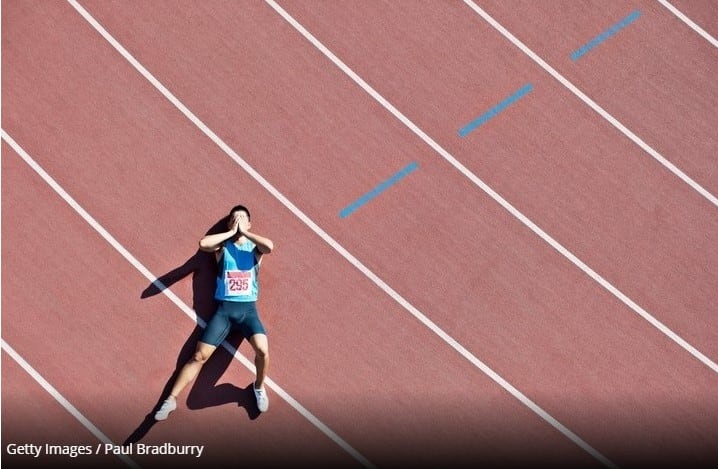Haskap berries, also known as honeyberries are a rich source of cyanidin-3-O (C3G), a naturally occurring anthocyanin which acts as an anti-inflammatory, is also anticarcinogenic and has positive effects on hypertension and tumours.
Additionally, C3G has been found to have the ability to enhance cognition and spatial memory.
Haskaps are among the most nutrient-dense berries where a single cup serving contains four grams (gms) of fibre, 24% vitamin C, 25% Manganese and 36% vitamin K.
The study from the University of Northumbria was designed to look at whether consumption of these berries had any potential to improve a number of factors for recreational runners including the time it took to tire and heart rate.
The process
A total of 30 men aged between 18 and 45 were recruited for the study. To take part, they had to be non-smoking recreational runners who could complete five kms in less than 25 minutes within six weeks of the start of the study.
Volunteers could not take part if they had any dairy or fruit allergies and they were not allowed to take any nutritional supplements including vitamins, antioxidants, protein drinks or creatine.
They all visited the environmentally controlled lab on three separate occasions. On the first visit, volunteers completed a health and physical activity questionnaire and were then familiarised with the treadmill before completing a five kilometre (km) trial time.
They were then randomly assigned to the berry or placebo group. The second and third visits saw the five km treadmill exercise repeated under the same conditions - right down to room temperature.
All participants were asked to arrive hydrated, having avoided strenuous activity and alcohol for 24 hours and coffee for 12 hours.
For the six days between trials, the volunteers took either the commercially available berry powder or the placebo. Independent analysis of the powder showed that each sachet contained 24.9 milligrams per gram (mg/g) of anthocyanin.
The placebo was an artificially coloured and flavoured Black Cherry Koolaid with added maltodextrin to match the carbohydrate and calorie content of the berry powder – both were mixed in with Greek yoghurt.
To maintain blinding, the participants were told the research was investigating the effects of a freeze-dried berry.
They were all advised to stick to their normal diets as much as possible but were advised to stick to one portion a day of other foods high in anthocyanins such as red berries and grapes.
Both groups fully completed their tasks, no gastrointestinal issues were reported and there were no differences in baseline characteristics.
Conclusions
Running performance was improved by an equivalent of 0.25km/h.
Additionally, the time it took to reach exhaustion was longer for those who consumed the Haskap berry powder throughout the trial.
The study reports: “Modest changes at lower intensities suggest better exercise efficiency that might be made possible through improved vascular function or management of exercise-induced oxidative stress.”
In other words, it could improve circulation, exercise-related oxidative stress and the time it takes to feel exhaustion.
This study of the Haskap berry adds to growing evidence that foods rich in anthocyanin can be helpful in enhancing athletic performance and even more importantly, offer athletes practical, non-pharmalogical, food-based option to support training and competition.
Source: Nutrients
Published online: doi.org/10.3390/nu14040780
“Improved Endurance Running Performance Following Haskap Berry (Lonicera caerulea L.) Ingestion."
Authors: Glyn Howatson et al




